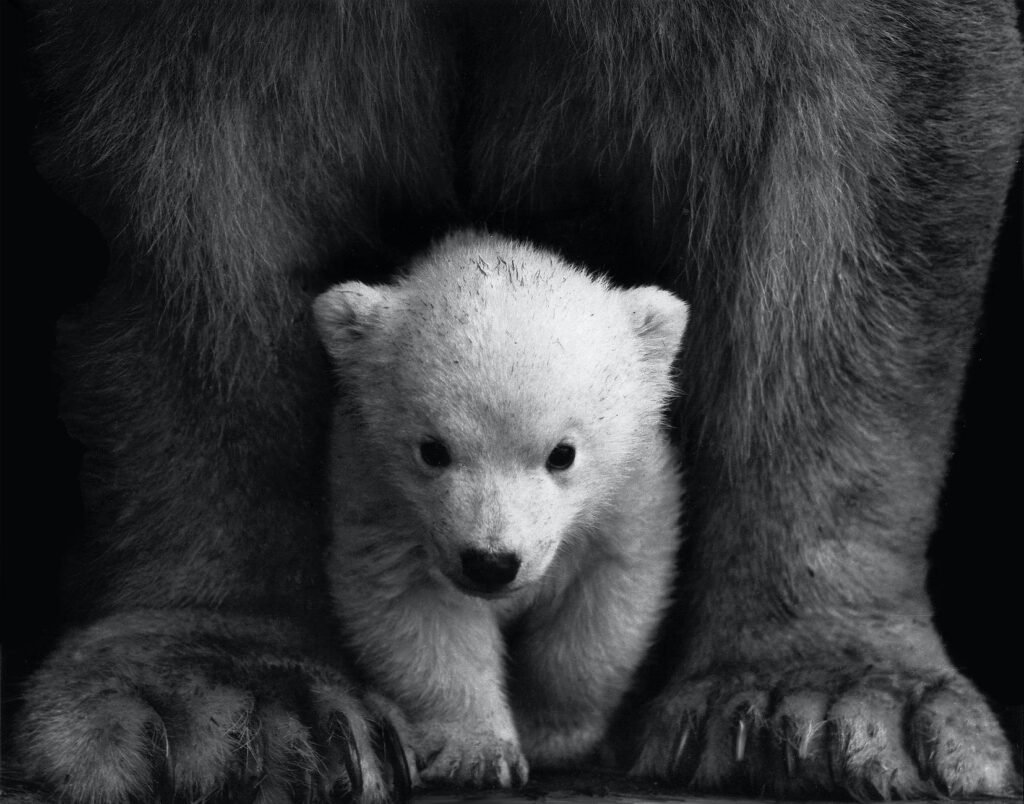- Melting Sea Ice: Climate change has led to a significant reduction in Arctic sea ice, impacting polar bears’ ability to hunt and travel. The bears use the sea ice as a platform to hunt seals, but as the ice diminishes, they face longer swims and reduced access to prey.
- Changing Migration Patterns: The altered sea ice conditions also affect polar bear migration patterns. Longer ice-free seasons force bears to travel greater distances in search of suitable hunting grounds, putting additional stress on their energy reserves.
Conservation Status:
- Listed as Vulnerable: The International Union for Conservation of Nature (IUCN) categorizes polar bears as “Vulnerable” on the Red List of Threatened Species. This designation underscores the urgent need for global conservation efforts to prevent further decline in their populations.
- Conservation Initiatives: Various international organizations, governments, and conservation groups are working together to protect polar bears. Initiatives include habitat conservation, monitoring populations, and research to better understand their behavior and needs.
Human-Wildlife Conflict:
- Coexistence Challenges: As sea ice diminishes, polar bears are forced to spend more time on land, increasing the potential for encounters with human communities. This creates challenges for both bears and local residents, leading to efforts to develop strategies for peaceful coexistence.
- Impact on Indigenous Communities: Indigenous communities in the Arctic have deep connections with polar bears and are directly impacted by changes in their behavior and distribution. Collaborative efforts involving local knowledge and scientific research are essential for addressing these challenges.
